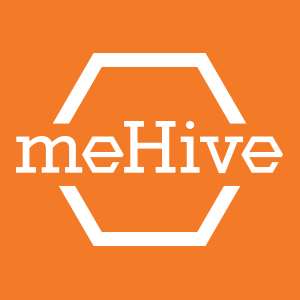Sandbox Articles
We’re curious people by nature. And we love to teach others what we’ve learned. So explore our blog to gain fresh insights from our expertise in areas ranging from culture to AI.
SEP Selected as a Nominee for TechPoint’s Innovation Mira Award
TechPoint has announced the nominees for its 25th annual Mira Awards, highlighting the most innovative companies, universities, and organizations in Indiana’s tech sector. The awards celebrate achievements across various categories, including the Innovation Partner of the Year. Nominees in this…
Read Full Post
Our previous posts were talking about the aspects of our blobs (**I **and II). Now we’re going to transition to talking about the aspects of the contents inside of our blobs that indicate a problem that is more difficult to deal with. Consider a method that takes an integer as input, but that will only behave reasonably if […]
Read Full Post
Problem Analysis: High Dimensional Spaces
Previously we were discussing our how you probably want your valid input blob to be a metric space. Let’s move on to another aspect that can make a problem difficult to work with. This can apply to either the valid input blob (I) or the output blob (II). We want our blobs to be low dimensional […]
Read Full Post
Problem Analysis: Blob Structure Examples
The previous blog post gave us our first aspect to look for in a problem, meaningful structure in our valid input blob. Let’s look at some concrete examples. The important thing about a metric space is that you are able to create some sort of distance function. However, this isn’t the only thing that we are […]
Read Full Post
Problem Analysis: Blob Structure
The previous blog was just an introduction to the problem analysis technique that I want to talk about. And to review, the definition of problem that I’m going with is: Aspects of a situation that makes understanding its behavior difficult. This blog entry is going to talk about the first aspect of a situation that […]
Read Full Post
Problem Analysis: Introduction
Before we can measure how difficult a code base is for software engineers to work with, we have to also have a method to measure how difficult problems are for people to work with. This gets a little bit difficult because the idea of a “problem” can get very philosophical and we want something a […]
Read Full Post
Objective Code Quality Blog Series
I’m proposing a method for tracking how difficult it is for software engineers to work with code. Preexisting methods such as code smells, cyclomatic complexity, best practices, test coverage, etc seem to work okay for a course grained approach for determining how difficult a code base may be to work with, but I don’t feel […]
Read Full Post
Mothballing VLAT
Be deliberate. It’s probably the thing I soapbox about second only to continuous feedback. In line with practicing what I preach I have to make an announcement. Recently in agreement with management I put VLAT in mothballs for the time being. What I want to do is explain why we drew the conclusion to mothball […]
Read Full Post

meHive, an experiment in product development
From time to time, SEP makes forays into product development. As a service company, we face many challenges as we do this, the single biggest challenge being allocation of dedicated resources to work on the product. Since our revenue is intimately connected with our people, it is difficult to tie them up in an effort […]
Read Full Post

Ollert Is Now Open Source
Ollert, the Trello data analytics tool, has been open sourced under GNU Affero GPL v3.0. The source code can be found on Github and I’ve already accepted several pull requests. Why? I’ve been working towards this for a few months now. Although Ollert was a lot of fun to create and has helped quite a […]
Read Full Post